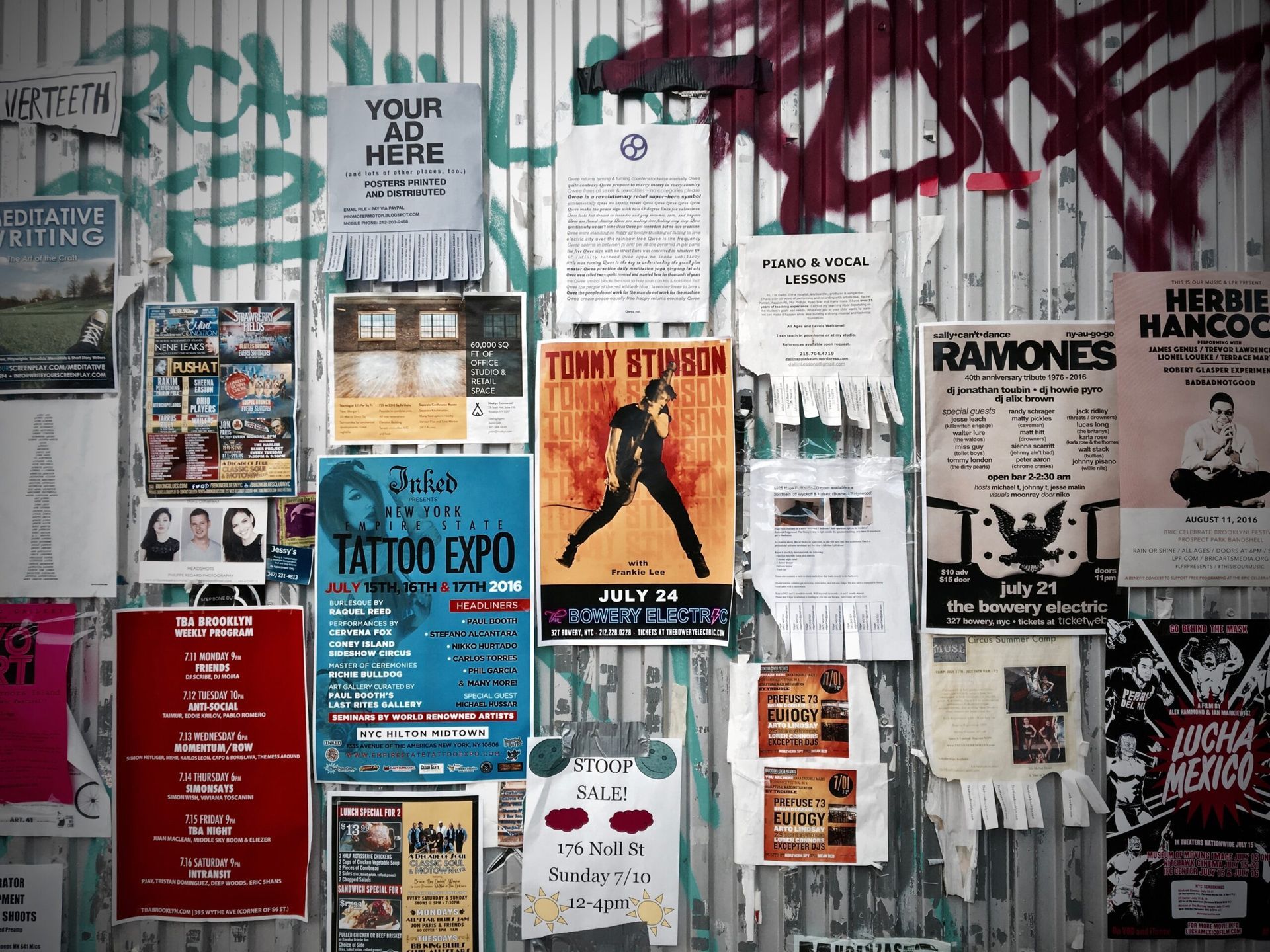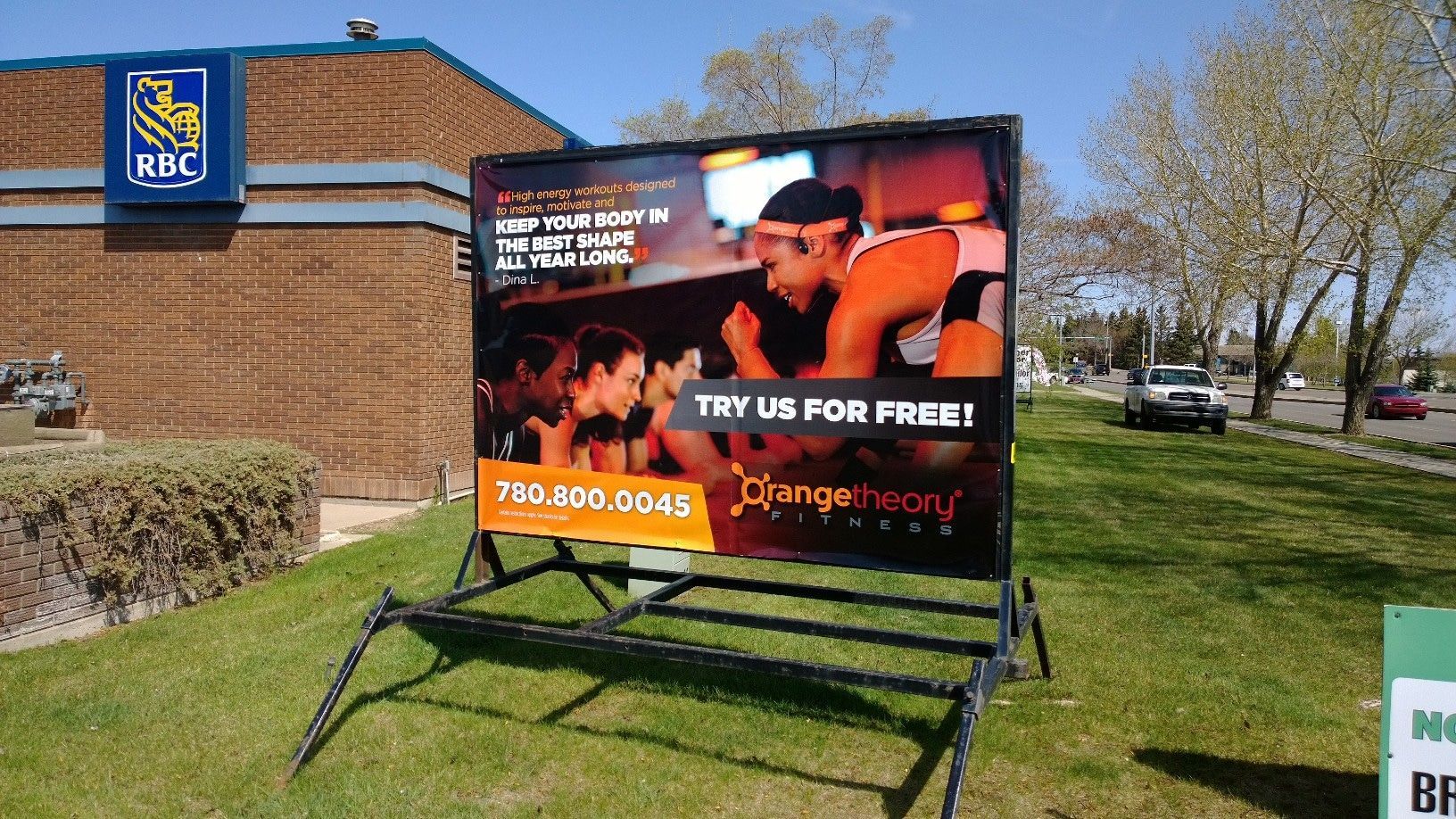The Benefits of Using Posters for Advertising
In today’s advertising world, where digital campaigns often dominate the conversation, traditional methods like posters continue to play a vital role. With their visual appeal and strategic placement, posters offer several benefits that make them an effective tool for reaching diverse audiences. Whether used with digital strategies or as a standalone approach, posters remain a powerful medium for advertising. Here's why:
1. High Visibility and Reach
One of the primary benefits of using posters for advertising is their high visibility. When strategically placed in high-traffic areas such as busy streets, malls, public transport hubs, and campuses, posters can reach a large and diverse audience. Unlike digital ads that can be skipped or blocked, posters are a constant presence, repeatedly capturing the attention of passersby.
Their physicality enhances the effectiveness of posters in high-traffic areas; they can't be ignored as easily as online ads. This consistent visibility ensures that the message is reinforced each time someone passes by, leading to better brand recall.

2. Cost-Effective Advertising
Posters offer a cost-effective solution for businesses of all sizes. Production costs for posters are relatively low, especially compared to other advertising mediums like television or online ads. Once the design is finalized, the printing process is straightforward, and distribution can be targeted to specific locations where the intended audience is most likely to encounter them.
Moreover, posters do not require ongoing maintenance or additional costs once placed, making them a budget-friendly option for long-term campaigns. This makes them particularly valuable for small businesses and local campaigns that need to maximize their reach without overspending.
3. Creative Freedom and Flexibility
Posters provide advertisers with significant creative freedom. They can be designed in various sizes, styles, and colors, allowing for a high degree of customization to suit the brand's identity and message. This flexibility also extends to the content; posters can be used to promote events, products, services, or even convey public service announcements.
This creative freedom means that posters can be tailored to different audiences and environments. For example, a vibrant, eye-catching design might be perfect for a youth-oriented event, while a more sophisticated and minimalist approach could appeal to a professional audience.

4. Local Targeting and Relevance
Posters are particularly effective for local advertising. They can be placed in specific geographic locations to target a local audience, ensuring the message is relevant to the people who see it. This is particularly beneficial for businesses that operate within a specific area, such as restaurants, retail stores, or local events.
Targeting specific locations means that posters can deliver timely and relevant messages to the audience, increasing the likelihood of engagement. For instance, a poster advertising a local festival can include details that resonate with the community, such as cultural references or local landmarks, making the campaign more relatable and impactful.
5. Sustained Engagement
Unlike digital ads, which can be fleeting, posters provide sustained engagement. Once placed, they remain in the public eye for an extended period, continually reinforcing the message. This prolonged exposure increases the chances that people will notice and remember the advertised product or service.
Additionally, posters often serve as a point of reference or a reminder for people who may have seen an online ad or heard about a product through word of mouth. Seeing the poster repeatedly can reinforce the message and encourage action, such as attending an event or purchasing.

6. Environmental Impact and Sustainability
Modern poster production can be environmentally friendly, with many companies offering eco-friendly printing options. Posters can be printed on recycled paper using vegetable-based inks, reducing their environmental impact. Additionally, posters have a relatively low carbon footprint compared to digital ads that require electricity and data processing.
This sustainability aspect appeals to environmentally conscious consumers, who may view a brand more favorably if they know it uses eco-friendly advertising. As concerns about sustainability continue to grow, the environmental benefits of posters are becoming an increasingly important consideration for businesses.
Conclusion
Despite the rise of digital advertising, posters remain a powerful and relevant tool for reaching and engaging audiences. Their high visibility, cost-effectiveness, creative flexibility, and ability to target local markets make them invaluable to any advertising strategy. By integrating posters with other advertising efforts, businesses can create comprehensive campaigns that maximize reach and impact.
In an era where consumers are bombarded with digital content, the tangible presence of a well-designed poster can cut through the noise, delivering messages that resonate and linger in the audience's minds.
TALK TO A PRO
We're here to bring your brand to life!
Stay Connected with BrandXR
Create Augmented Reality for Free!
Create, Publish, and Measure 3D Augmented Reality Experiences Without Having to Code.














